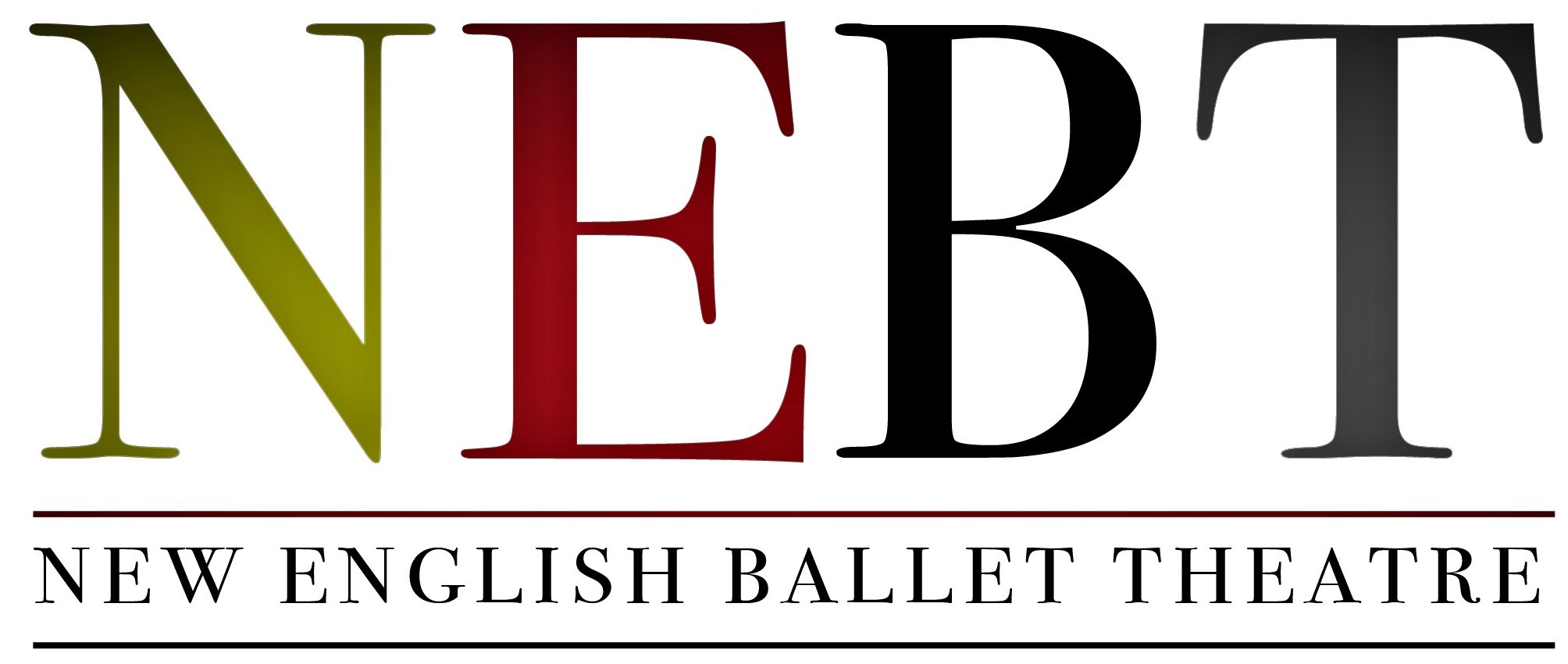In 2013, NEBT performed six pieces for its Gala at the Linbury Theatre on Thursday 10th October. Emma Bailey, the winner of the 2011 Linbury Prize for Stage Design, was commissioned to design for this show.
Click here to see our 2013 company of dancers.
Orbital Motion
Choreographer: Valentino Zucchetti
Music: Music Philip Glass Violin Concerto No.1 © 1987 Dunvagen Music Publishers Inc.
Design: Emma Bailey, Karen Pilkington-Miksa and Valentino Zucchetti
Lighting Design: Andrew Ellis
“Orbital Motion was originally choreographed for The Royal Ballet’s Draft Works, an annual event which that year had the audience surrounding the stage from all angles. When I started choreographing the piece the general idea was to give the audience from every side a facade of the choreographic patterns and aesthetic lines. This train of thought introduced a circular motion throughout the piece in order to have most of the choreography facing outwards towards the audience” Valentino Zucchetti
The Dying Swan
Choreographer: Mikhail Fokine
Music: Camille Saint-Saëns’ cello solo Le Cygne, Le Carnaval des Animaux
Soloist: Melissa Hamilton
Lighting Design: Andrew Ellis
Cellist: George Ives
Pianist: Robert Clarke
The Dying Swan is arguably classical ballet’s most famous solo. Created in 1907 by Mikhail Fokine for legendary ballerina Anna Pavlova, astonishing film footage of her performing it in 1925 can be seen on YouTube. Set to The Swan from Saint-Saëns’ The Carnival of the Animals, The Dying Swan has been subject to many interpretations over the past century by both dancers and choreographers and has become a firm favourite in galas across the world.
Wesendonck Lieder
Choreographer: Érico Montes
Music: Richard Wagner, Wesendonck Lieder for female voice and piano
Design: Emma Bailey
Artwork: Lincoln Seligman
Pianist: Anne Lovett
Mezzo-Soprano: Justina Gringyte
Lighting: Andrew Ellis
“This is the first time I’ve choreographed to vocal music and, because the words are so beautiful, it felt like I had a guide to help me with my interpretation. Also, the history of how Wagner and Mathilde were possibly lovers, all of that makes the choreography come out easier because you have a lot to work with; in a way you’re just putting the steps into something that’s already there.” Érico Montes
Le corsaire pas de deux
Staged by Anna-Marie Holmes after Marius Petipa and Konstantin Sergeyev
Music: Riccardo Drigo and Adolphe Adam
Lighting: Andrew Ellis
Soloists: Yonah Acosta and Erina Takahashi
Le Corsaire was originally created by Joseph Mazilier for Paris Opera in 1856 but it is Marius Petipa’s 1899 revision for the Mariinsky Ballet that audiences are familiar with today. Based loosely on Lord Byron’s poem The Corsaire, it relates the unlikely tale of Medora, a young Greek slave who, through a series of rescuers and adventures, falls into the romantic arms of the pirate Conrad. It’s a ballet that unusually offers four lead male roles and is a dazzling demonstration of virtuoso dancing, epitomised in the technical fireworks of this striking pas de deux.
Lonesome Gun
Choreography: Kristen McNally
Music: Western Melodies
Costumes: Jessica Edgley, Kristen McNally, Karen Pilkington-Miksa
Lighting: Andrew Ellis
“This is a work I originally created for The Royal Ballet as part of the First Drafts performances and which I revisited for NEBT’s Synergies show last year. For this year’s Gala I’m hoping to develop the central pas de deux further. Looking at the ballet again I felt this particular part is over far too quickly and doesn’t establish itself as the important relationship that it is. I could happily revisit Lonesome Gun for the rest of my choreographic days – it’s a genre of music and story I love and it would be amazing to one day lengthen it further and have a set and live orchestra.” – Kristen McNally
Kreutzer Sonata – new work
Choregraphy: Andrew McNichol
Music: Ludwig Van Beethoven, Violin Sonata No.9 Op.47, “Kreutzer Sonata”
Libretto: Garth Bardsley
Costume and Design: Emma Bailey
Artwork: Lincoln Seligman
String Quartet: Sacconi Quartet
Piano: Anne Lovett
Violin: Andrew Harvey
Lighting: Andrew Ellis
“For this piece it’s been particularly challenging to find a way to convey the complexity and depth of character in a short running time. Finding places for the narrative to land and breath, avoiding sentimentality or cliché and developing a particular punctuation to get through the whole story without it seeming rushed or unbelievable were all key.” Andrew McNicol
